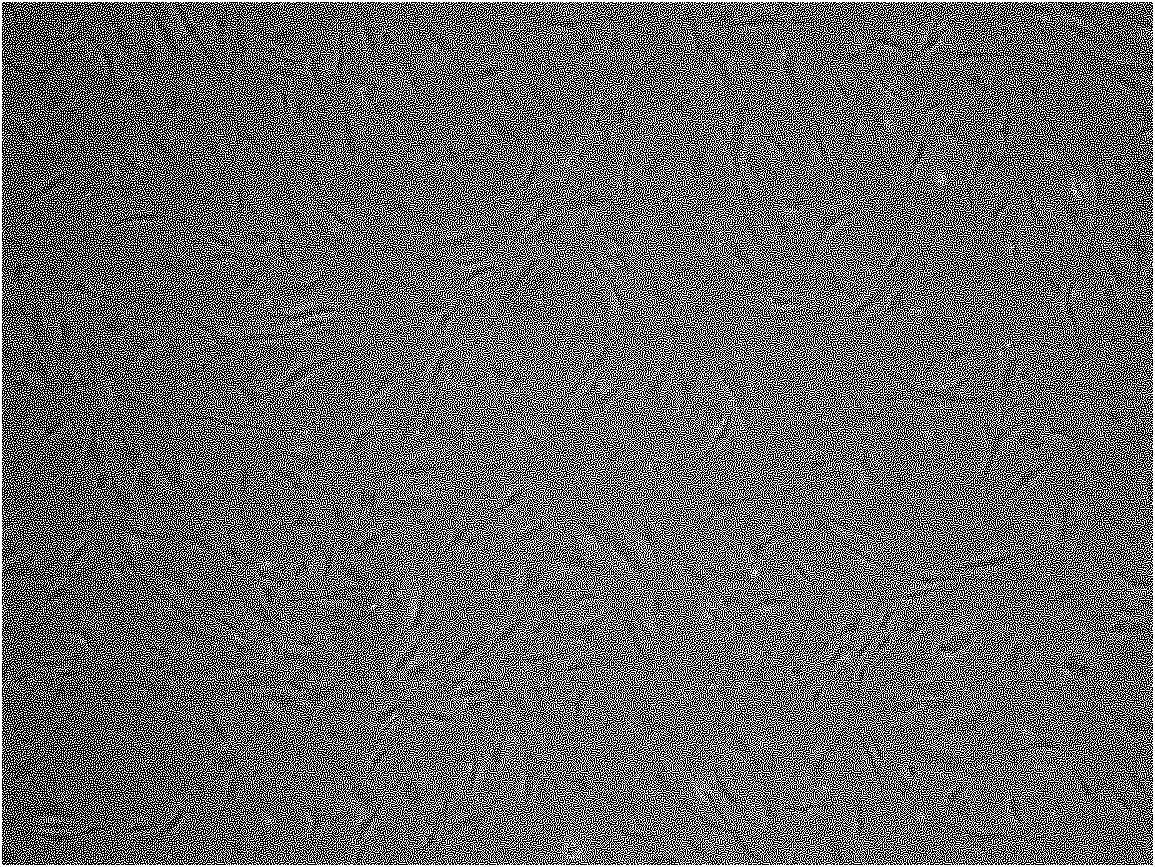Method for separating mesenchymal stem cells from dispose tissues
An adipose stem cell and adipose tissue technology, applied in the direction of bone/connective tissue cells, animal cells, vertebrate cells, etc., can solve the problems of strict specifications, lack of details of adipose stem cells, etc. repeatable effect
- Summary
- Abstract
- Description
- Claims
- Application Information
AI Technical Summary
Problems solved by technology
Method used
Image
Examples
Embodiment 1
[0040] A total of 180ml of expanded liposuction was obtained from the hospital, and transported to the laboratory within 2 hours at 4°C after liposuction using a biological transport bag, and processed in a sterile state:
[0041] 1. Repeatedly wash with D-Hanks solution incubated at 37°C until the washing solution is colorless to ensure that the red blood cells are clean.
[0042] 2. Add collagenase type I prepared with D-Hanks solution to a final concentration of 0.1g / 100ml, and digest with shaking at 100 rpm at 37°C for 1 hour
[0043] 3. Centrifuge the digested product at 4°C and 450 g for 5 min; resuspend in 10 ml of adipose stem cell culture medium, filter with a 100 μm pore size filter to remove impurities, and finally obtain adipose stem cells.
[0044] 4. The adipose stem cell suspension and the red blood cell lysate were mixed at 1:1 and incubated for 2 minutes, centrifuged for 5 minutes at 4°C and a centrifugal force of 450 g, and the adipose stem cells were resuspe...
Embodiment 2
[0049] Adipose tissue is 180g of adipose tissue waste obtained during surgery. Using sterile reagent bottles, it is transported to the laboratory under aseptic conditions at 4°C and within 2 hours, and processed under aseptic conditions:
[0050] 1. First cut it into pieces as much as possible to about 1mm 3Large and small tissue blocks were repeatedly washed with D-Hanks solution incubated at 37°C until the washing solution was colorless to ensure that the red blood cells were cleaned.
[0051] 2. Add collagenase type I prepared with D-Hanks solution to a final concentration of 0.2g / 100ml, and digest with shaking at 100 rpm at 37°C for 1 hour
[0052] 3. Centrifuge the digested product at 4°C and 450 g for 5 min; resuspend in 10 ml of adipose stem cell medium, filter with a 100 μm pore size filter to remove impurities, and finally obtain adipose stem cells.
[0053] 4. The adipose stem cell suspension and the red blood cell lysate were mixed at 1:1 and incubated for 2 minute...
PUM
 Login to View More
Login to View More Abstract
Description
Claims
Application Information
 Login to View More
Login to View More - R&D
- Intellectual Property
- Life Sciences
- Materials
- Tech Scout
- Unparalleled Data Quality
- Higher Quality Content
- 60% Fewer Hallucinations
Browse by: Latest US Patents, China's latest patents, Technical Efficacy Thesaurus, Application Domain, Technology Topic, Popular Technical Reports.
© 2025 PatSnap. All rights reserved.Legal|Privacy policy|Modern Slavery Act Transparency Statement|Sitemap|About US| Contact US: help@patsnap.com


